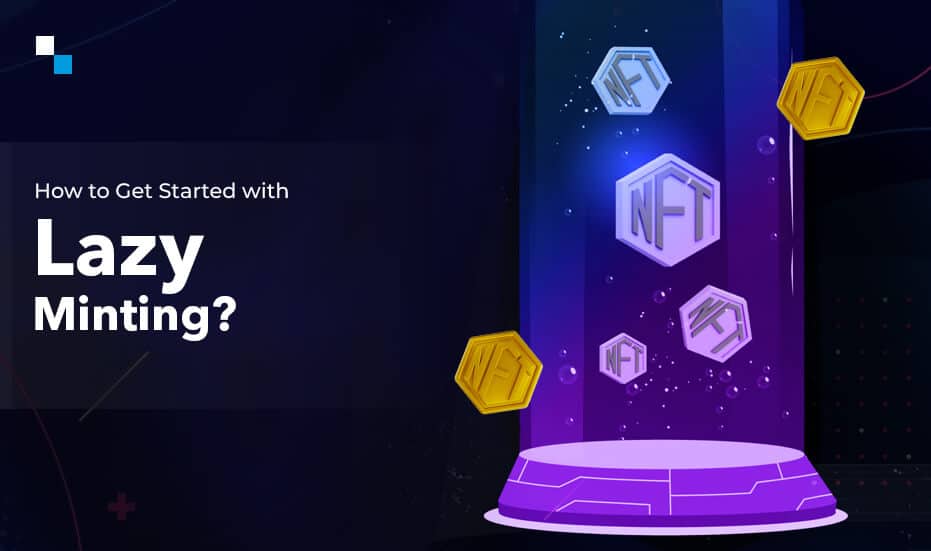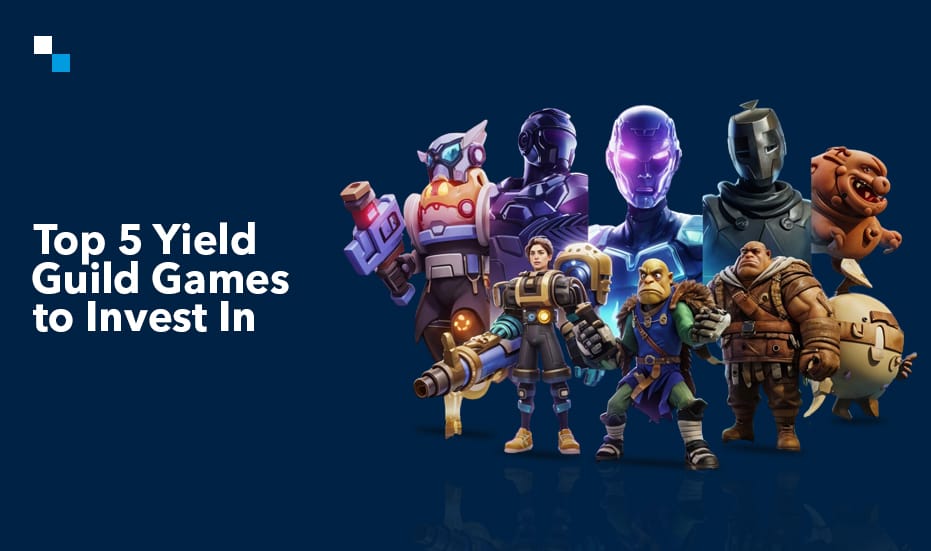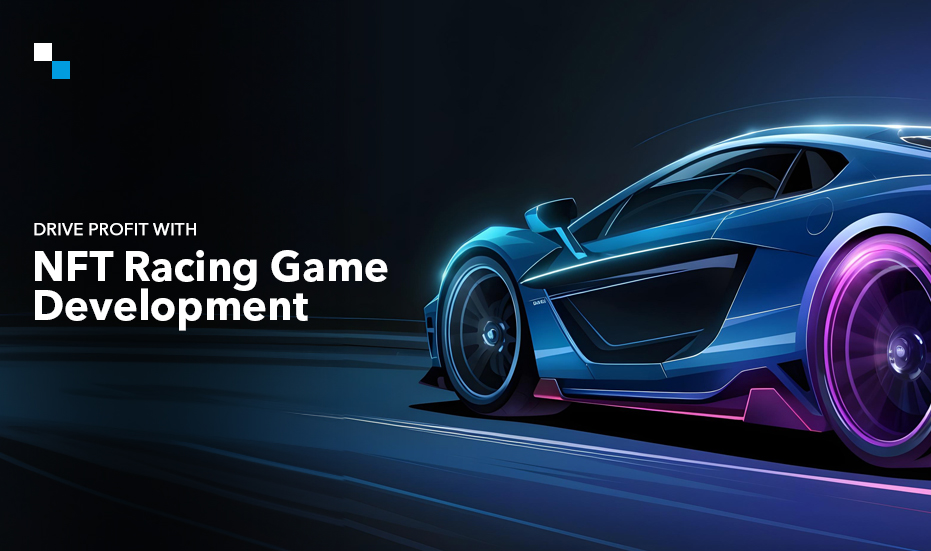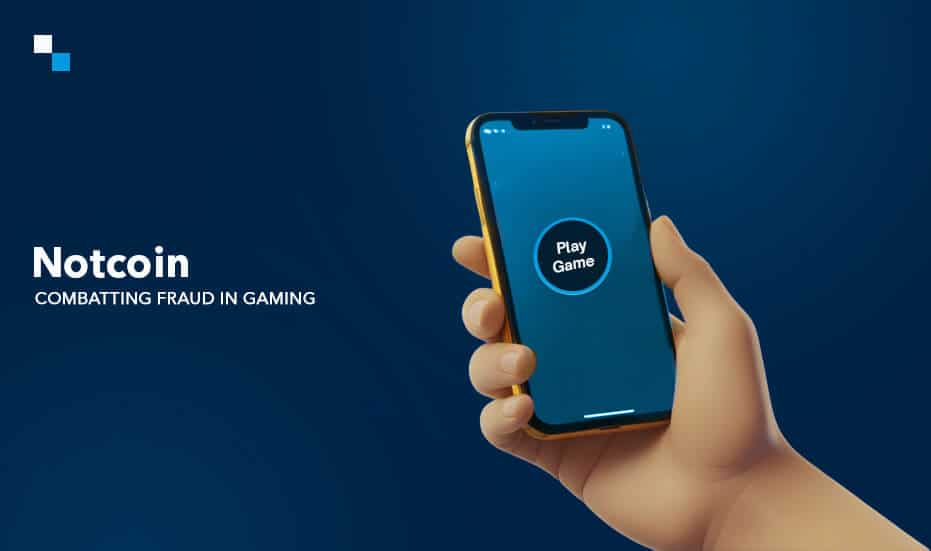
Revolutionize Your Financial Services with a Premium White Label P2P Lending Platform
November 29, 2023
Strategies for Building a Secure Crypto P2P Lending Software: Decoding Risks
November 29, 2023Whenever minting NFTs on a blockchain, the upfront gas fees can be substantial, especially during periods of high network congestion.
Not only this, during peak times, such as when a popular artist releases a limited edition NFT collection or during a trending blockchain-based game launch, the sudden surge in minting requests can overwhelm the network.
This is a common concern for newbies while they plan to make an entry in the NFT development space!
Understanding the Challenge!
The congestion during peak times not only results in slower transaction processing times but also escalates gas fees due to increased competition for transaction inclusion in blocks.
Moreover, the cost implications of traditional minting are significant. Users bear the brunt of the high gas fees associated with the immediate execution of smart contracts. These fees can deter potential NFT buyers, limit accessibility, and hinder the widespread adoption of blockchain-based platforms.
In addition to scalability and cost challenges, the environmental impact of blockchain transactions, particularly in proof-of-work networks, has become a growing concern. The energy-intensive process of creating tokens for each minting transaction contributes to the carbon footprint of blockchain networks.
What is Lazy Minting?
Lazy minting is a technique for creating non-fungible tokens (NFTs) that delays the minting process until the NFT is purchased. This approach contrasts with traditional minting, where the creator pays upfront gas fees to mint the NFT before it is listed for sale.
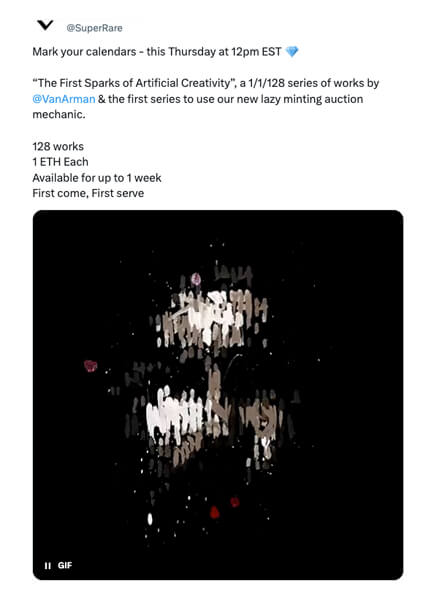
In lazy minting NFT, the creator generates a “voucher” or ticket that contains all the necessary information about the NFT, such as its metadata and unique identifier. This voucher serves as a placeholder for the NFT and is stored off-chain until a buyer expresses interest in purchasing the NFT.
When a buyer decides to purchase the NFT, the marketplace or platform initiates the minting process using the voucher. The gas fees associated with minting are included in the sale transaction, and the NFT is then minted and transferred to the buyer’s wallet.
Unfolding its true potential, lazy minting is taking the NFT development space to whole new heights!
How Lazy Minting Overcomes the Challenges?
Lazy minting NFTs address all the above challenges by decoupling the token creation process from the initial minting request. Tokens are generated only when the NFT is sold or transferred, reducing the strain on the network, optimizing costs, and aligning with sustainability goals by minimizing unnecessary energy consumption. This approach not only improves the overall efficiency of NFT development platforms but also enhances the user experience and supports the broader adoption of blockchain technology.
It addresses several key challenges associated with NFT creation and distribution:
- Reduced Minting Costs: Lazy minting eliminates the upfront gas fees associated with minting NFTs on the blockchain, which can be substantial, especially during periods of high network congestion. This cost-saving is particularly beneficial for creators who want to mint large collections of NFTs or those with limited financial resources.
- Improved Scalability: By deferring minting until the point of purchase, lazy minting reduces the load on the blockchain, contributing to improved network performance and scalability. This is crucial for addressing the issue of congestion and enabling the widespread adoption of NFTs.
- Enhanced Creator Control: Lazy minting empowers creators with greater control over their NFT offerings. They can list NFTs for sale without incurring any upfront costs and can choose to mint them only when a buyer is interested. This allows creators to test the market and gauge demand before committing to minting their entire collection.
- Reduced Environmental Impact: Lazy minting NFTs contribute to a more environmentally friendly NFT ecosystem by minimizing the computational resources required for minting. This aligns with growing concerns about the energy consumption associated with blockchain technology.
- Efficient Storage Utilization: Lazy minting reduces the storage demands on the blockchain by storing NFT metadata off-chain until it is needed. This optimization conserves valuable block space and contributes to more efficient use of blockchain resources.
- Flexible Pricing Models: Lazy minting NFT enables creators to implement flexible pricing models, such as dynamic pricing or auctions, without incurring upfront minting costs. This flexibility allows creators to adapt their pricing strategies based on market conditions and buyer demand.
These are some of the common reasons why every NFT development company is eager to invest in this evolving space in the long run.
How Lazy Minting Works?
Prior to learning about the working of lazy minting, it is essential to understand the most important aspect i.e. vouchers.
Vouchers, also known as NFT vouchers, are digital certificates that represent a promise to mint an NFT at a later date. They serve as a way to reserve an NFT without having to mint it immediately, which can save on gas fees and provide flexibility in the minting process.
ERC-712 plays a crucial role in lazy minting by providing a standardized structure for voucher creation and verification. ERC-712, an Ethereum Request for Comments (ERC), defines a standard format for structured data on the Ethereum blockchain. This standard ensures that vouchers are consistently formatted and can be easily verified by different applications and platforms.
1. Voucher Structure

A typical NFT voucher contains the following information:
- NFT Address: This parameter represents the address of the NFT contract that will be used to mint the NFT. It is a crucial piece of information as it identifies the specific contract that governs the NFT’s rules and behavior.
- NFT Owner: This parameter specifies the address of the wallet that will own the NFT after it is redeemed. This address is typically the buyer’s address, indicating that they will become the owner of the NFT upon redemption.
- Token ID: A unique identifier for the NFT
- Amount: This parameter indicates the quantity of NFTs that the voucher represents. If the voucher is for a single NFT, the amount will be 1. However, if the voucher is for a collection of NFTs, the amount will be the total number of NFTs included in the collection.
- Price: This parameter specifies the price at which each NFT will be sold when the voucher is redeemed. This price is typically set by the creator of the voucher and is often the same as the minimum price specified in the voucher.
- tokenUri: This parameter represents the URI of the NFT’s metadata. Similar to the URI in the voucher structure, it points to the location of the metadata file that describes the NFT’s properties and attributes.
- Signature: A cryptographic signature that proves the authenticity of the voucher and ensures that only the authorized creator can mint the NFT.
2. Voucher Creation

The process of creating an NFT voucher involves the following steps:
- Prepare the NFT metadata: The creator prepares the metadata for the NFT, which includes information such as the NFT’s name, description, and image.
- Upload the metadata to IPFS: The metadata is uploaded to IPFS, a decentralized storage system that provides a unique URI for the file.
- Sign the voucher: The creator signs the voucher using their private key. This signature serves as proof of ownership and authorization to mint the NFT.
- Store the voucher: The voucher is stored in a secure location, such as a database or cloud storage.
3. Buy/Redeem Voucher
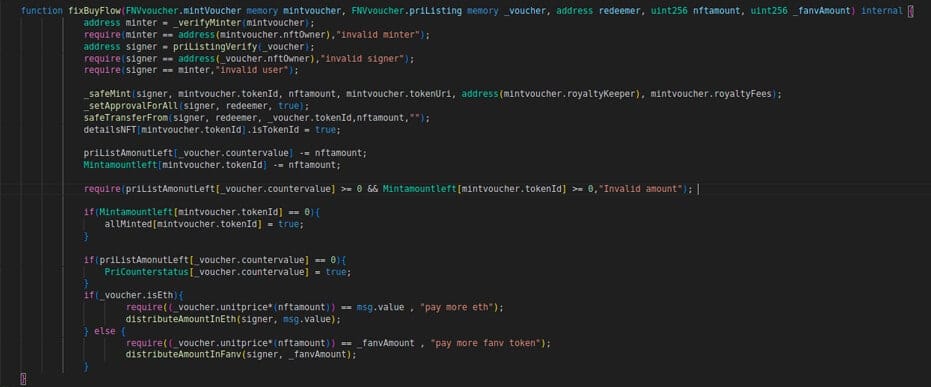
To purchase and redeem an NFT voucher, the following steps are taken:
- Acquire the voucher: The buyer acquires the voucher from the creator or through a secondary market.
- Verify the voucher: The buyer verifies the authenticity of the voucher by checking the signature and ensuring that the URI points to the correct metadata.
- Pay the minimum price: The buyer pays the minimum price specified in the voucher to the creator.
- Redeem the voucher: The buyer calls a function on the NFT contract to redeem the voucher. This function verifies the voucher, mints the NFT, and transfers it to the buyer’s wallet.

How to Mint NFT on Opensea
Here are the steps for getting started with lazy minting NFT OpenSea:
1. Set up a crypto wallet:
Before you can mint an NFT, you’ll need to set up a crypto wallet that supports NFTs. Popular options include MetaMask, Coinbase Wallet, and Trust Wallet. These wallets allow you to store and manage your cryptocurrency assets, including NFTs.
2. Connect your wallet to OpenSea:
Once the user has a crypto wallet, connect it to your OpenSea account. This enables OpenSea to interact with the wallet while carrying out transactions on the user’s behalf. To connect the wallet, here are the steps:
- Open opensea.io website, and then click on the “Wallet” icon.
- Choose the wallet from all the available options.
- Follow the instructions to connect your wallet.
3. Create a collection:
If you plan to mint multiple NFTs, you can create a collection to organize them. This helps potential buyers find your NFTs more easily. For creating a collection, follow these steps:
- Go to your OpenSea profile and click on the “Create” button.
- Select “Create a collection.”
- Enter the name and description of your collection.
- Upload the logo along with the banner image to your collection.
- Click on the “Create” button.
4. Initiate the minting process:
To mint an NFT, follow these steps:
- Go to your OpenSea profile and click on the “Create” button.
- Select “Create single.”
- Upload your NFT file.
- Enter the name and description of your NFT.
- Set the supply and price of your NFT.
- Click on the “Create” button.
5. Review and confirm the transaction:
Before you can mint your NFT, you will need to review and confirm the transaction. This includes reviewing the details of your NFT, such as the name, description, price, and supply. Further, there will be a need to confirm the gas fees associated with the transaction. As the transaction gets reviewed and confirmed, click on the “Create” button.
6. Wait for the minting process to complete:
The minting process takes time for completion and once it is done, your NFT will be visible in your OpenSea collection and available for sale or purchase.
Besides lazy minting NFT OpenSea, you can practice lazy minting over other popular NFT marketplaces as well.
How Long Does it Take to Mint an NFT?
The overall time involved in minting extends beyond the creation of the NFT. You may spend additional time setting up your crypto wallet, connecting it to the NFT marketplace, and providing details about your NFT, such as descriptions, attributes, and pricing. Additionally, the transaction may require confirmation, and the speed of confirmation depends on the blockchain’s current activity levels.
In times of high network congestion, such as during popular NFT drops or significant blockchain events, the minting process may take longer due to increased competition for transaction processing. Conversely, during periods of lower network activity, the process may be faster.
It’s advisable to check the specific guidelines and estimated processing times provided by the NFT platform you’re using, as they can offer insights into the current conditions and expectations for the minting process.
Antier: Your Ideal NFT Development Company
Planning to leverage the power of lazy minting into your NFT business? Antier can assist you with world-class NFT development services. As an experienced and trusted NFT development company, the company holds excellence in catering to the evolving global needs of diverse industry verticals. Get a free demo to learn more.
